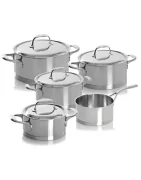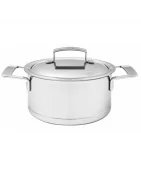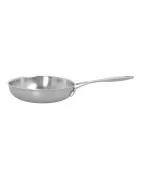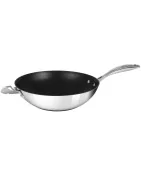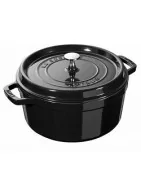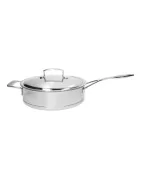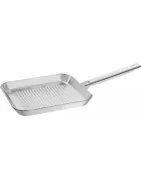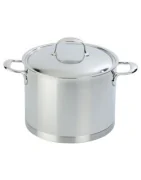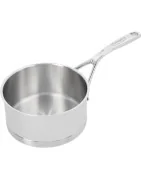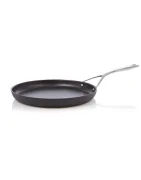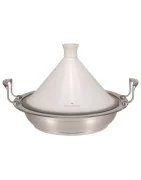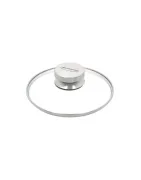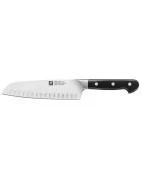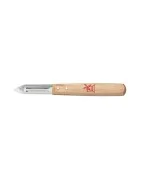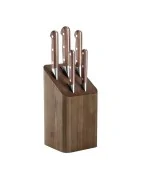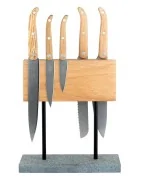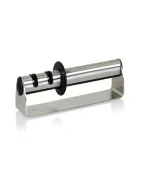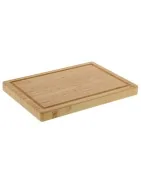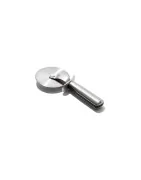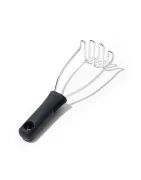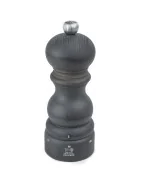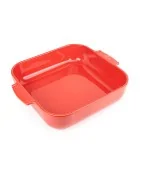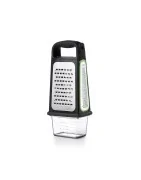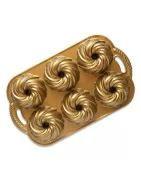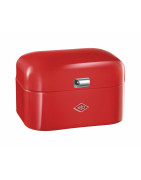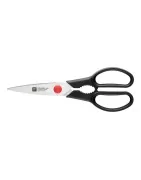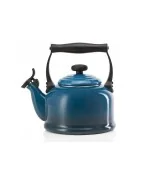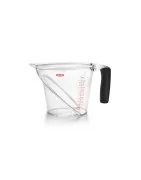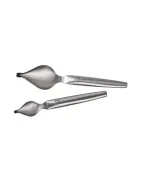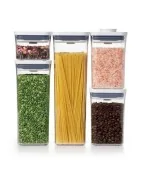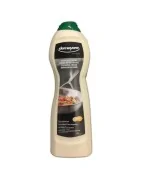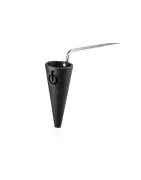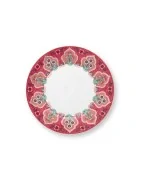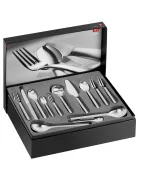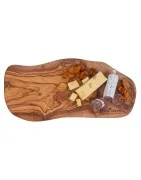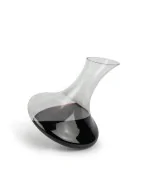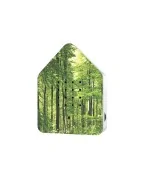How an Induction Pan Works
How does an induction pan work? This is perhaps one of the most frequently asked questions about cooking with induction pans. And it's not surprising, as more and more people are moving away from natural gas. In fact, by 2050, all homes in the Netherlands need to be off natural gas, and induction cooking is the best alternative. But how does it actually work?

In short, an induction pan works as follows: electricity from the outlet goes to the induction cooktop and is converted into magnetic fields via electrical coils in the cooktop when it is turned on. You then place an induction pan on the cooktop. You switch the cooktop to the desired temperature or setting.
The magnetic fields are then converted into heat by reacting with the bottom of the pan. The induction cooktop itself does not get heated, only the placed induction pan does. Because induction pans have a large flat bottom, the produced heat is evenly and quickly distributed, making it much easier to prepare a delicious meal!
What an Induction Pan Must Meet
An induction pan must meet several important requirements. First of all, the pan must be suitable for the induction cooktop. Since induction pans are made from various materials, with aluminum, (stainless) steel, and cast iron being the most common, most pans are suitable, but there is one important aspect: the pan generally has a thick bottom that is magnetizable and conductive.
Additionally, the bottom of the pan is flat and thicker than regular pans. This thick bottom guarantees even cooking and also ensures that the temperature is optimally distributed due to the flat bottom. This also makes it much easier to clean the induction pan afterwards. And that can be done the old-fashioned way by hand, but induction pans can just as easily be washed in the dishwasher.

Which Pan for Induction: The Right Pan for Every Dish
Which pan is used for induction depends primarily on the material, you might say. However, in practice, induction pans are made from almost all common materials such as (stainless) steel, aluminum, or cast iron. The difference with induction pans lies in the bottom: it is generally thicker than regular pans and is made up of several layers. This prevents the pans from warping and distributes the heat as efficiently as possible.
And that heat is perfect for, for example, wok cooking. Although there are still some outdated ideas about cooking with induction pans, induction pans are actually ideal for all forms of frying, roasting, stewing, braising, and boiling. Due to the even distribution of heat and the ability to control the temperature very precisely, the induction pan makes wok cooking much easier.

But even a slow food dish like a classic stew is much easier to prepare because you have perfect control over the heat. In addition to the different materials, induction pans are also available in all kinds: from roasting pans, soup pots, grill pans, frying pans, sauté pans, stewing pans to woks and even a tajine. This allows you to make any conceivable dish from any cuisine around the world in your own kitchen!
Pans suitable for induction: an ideal sustainable measure
More and more people are choosing to switch to induction, and that is actually quite logical, because with the transition from fossil fuels such as natural gas, oil, and coal to sustainably generated energy, cooking on induction immediately implements a sustainable measure: an ideal green solution if you combine this with green electricity or your own solar panels.

Also, in new construction projects, gas is increasingly being phased out, resulting in many new kitchens already being equipped with induction cooktops as standard. However, the sustainability is not only in the induction cooking itself, but also in the fact that the energy consumed is much easier to save. Due to the application of high-quality heating elements, the induction cooktop is warm within about twenty seconds, and you can immediately start preparing your meal.
When you are done cooking, your energy consumption stops immediately as well. If you compare this with, for example, ceramic cooking, it is much less efficient. This is partly due to the need to heat the different cooking zones and the fact that these cooktops themselves also become very hot and stay hot for a long time afterward.
Induction pans as a safe solution
Above, you could already read that a major advantage of using induction pans is that you do not have to deal with a hot cooktop. This is certainly a safe and reliable solution with young children. If they accidentally touch the cooktop, it causes no harm.
However, induction pans also often have special handles that do not conduct heat, so you are less likely to burn yourself. Due to the built-in child lock, it is practically impossible for them to operate the cooktop at all. With ceramic cooking, it is a completely different story because that cooktop does get extremely hot and retains that heat afterward.

Another aspect of safety is easily demonstrated when you compare induction cooking with cooking on gas. If you forget to turn off the gas, it can lead to life-threatening situations. Especially at an older age, cooking on induction is a safe alternative.
Do you have questions about induction pans? In that case, feel free to contact us; we are happy to assist you!

